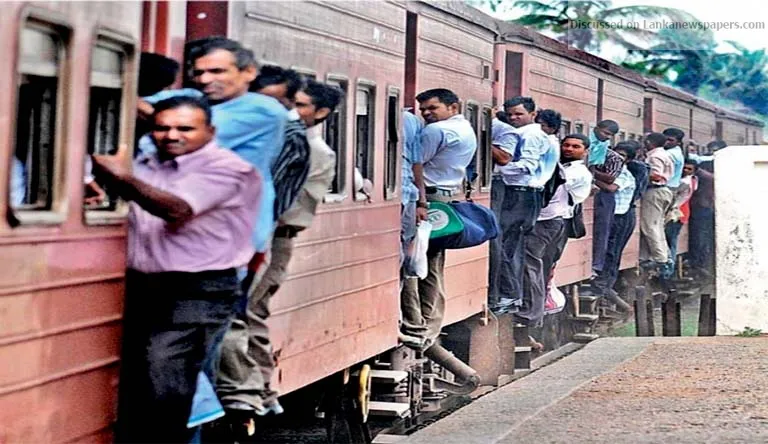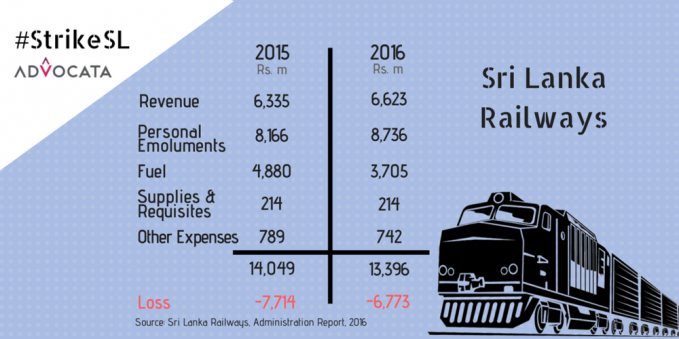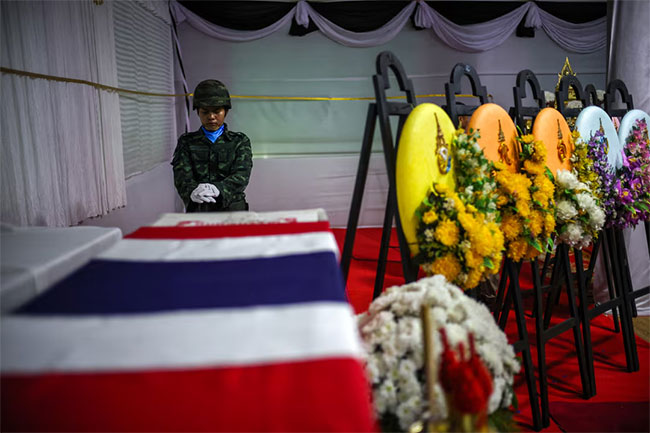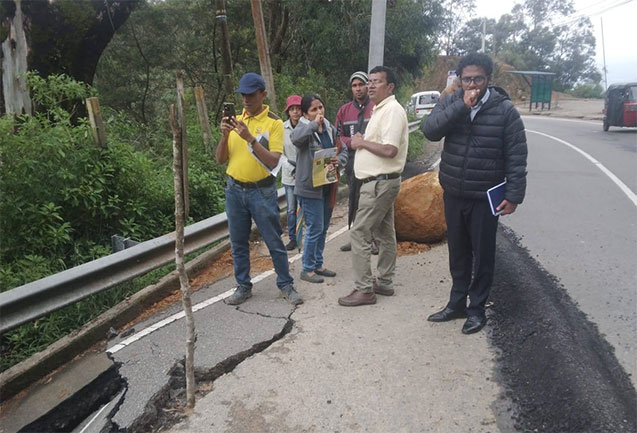
Technology
Picture a ride on what is considered one of the world’s most beautiful train journeys, which takes you through a variety of landscapes: eucalyptus and pine forests, carefully cultivated tea plantations, and mountains swathed in greenery. The Colombo-Badulla railway route, which winds its way through the Kandyan hills and beyond, is famed as one of the must-dos when in Sri Lanka. What many travellers—both locals and foreigners— don’t anticipate is that the adventure begins with trying to book tickets for the train. Many are also unprepared for how uncomfortable the journey is, devoid of most amenities.
Upgrades And Challenges Over The Last Two Centuries
“...one had to go to the station and book directly, and I had to send a [Sri Lankan] friend of mine to book our tickets.” - Urvashi Prakash, tourist. It would be unfair—and inaccurate—to say that the railway sector has not been developed since its inception in the 1800s. What started primarily as a service to transport goods for the British government, slowly fell into disuse as road systems developed and industries opted to use them instead. Over time, the main use of trains was to commute cheaply, especially over long distances. Railway ticket prices remain at subsidised prices, with fares per kilometre starting from 50 cents and only going up to Rs. 2. This means that you can get to Jaffna for around Rs. 300 for a third-class carriage. Likewise, it is only ten rupees from the Hunupitiya Station to Fort — a ride which costs close to Rs. 30 if you’re taking the bus. While the subsidies make trains the most affordable means of public transport, they also make it impossible to upgrade the railway system, especially as the sector runs on losses. According to the think tank Advocata, Sri Lanka Railways has been losing money since 1947. Costs exceed revenues, while revenues are insufficient to cover employees salaries.
Popular News

36 major reservoirs across Sri Lanka continue to spill - Irrigation Dept
2025-12-13
General

Govt plans compensation or land allocation for people in landslide-hit areas
2025-12-13
Politics

Thailand vows to keep fighting Cambodia, despite Trump s ceasefire claim
2025-12-13
Politics

Ministry urges public to avoid sharing details of disaster-affected children
2025-12-13
General

Steps underway to promptly reopen Hakgala Botanical Garden
2025-12-13
Politics

